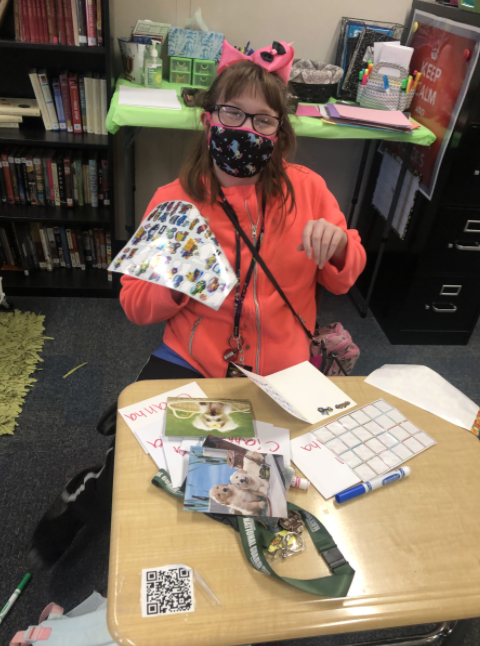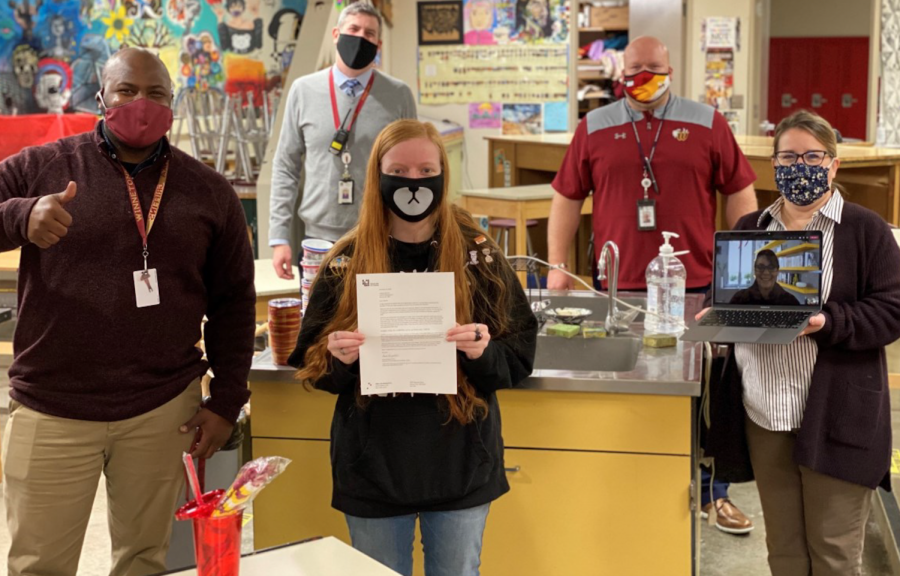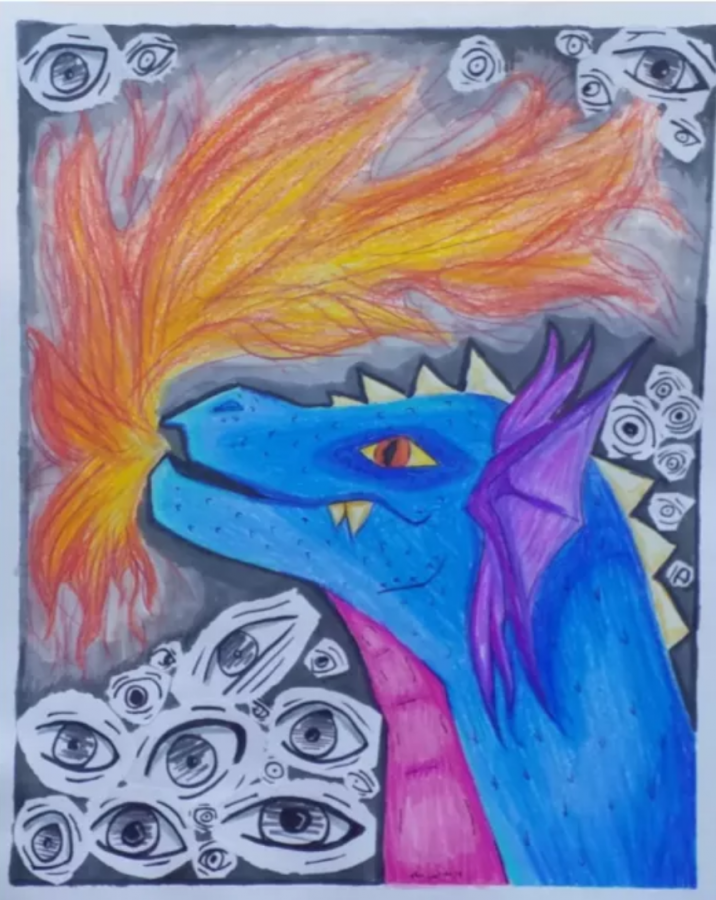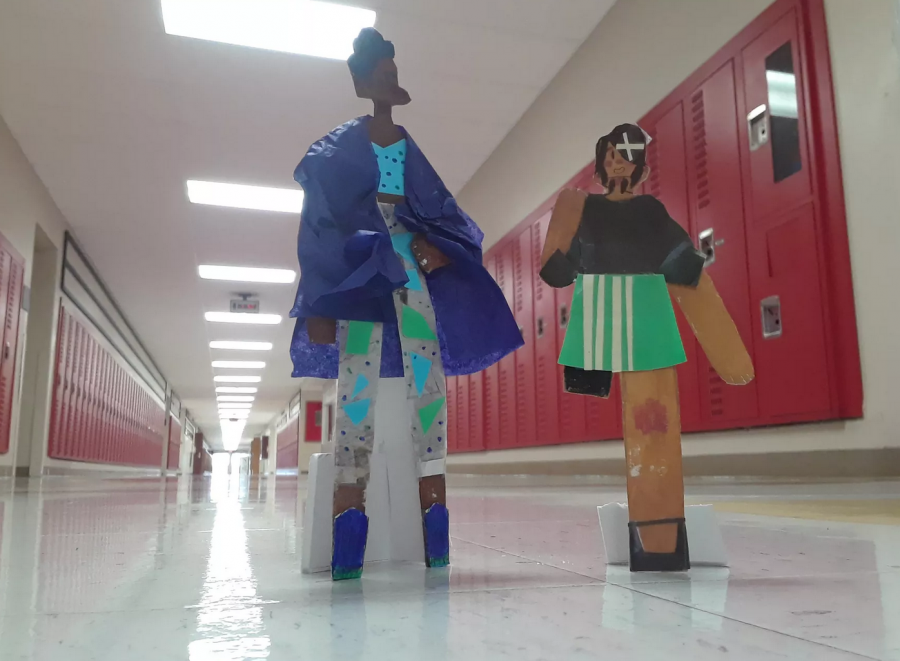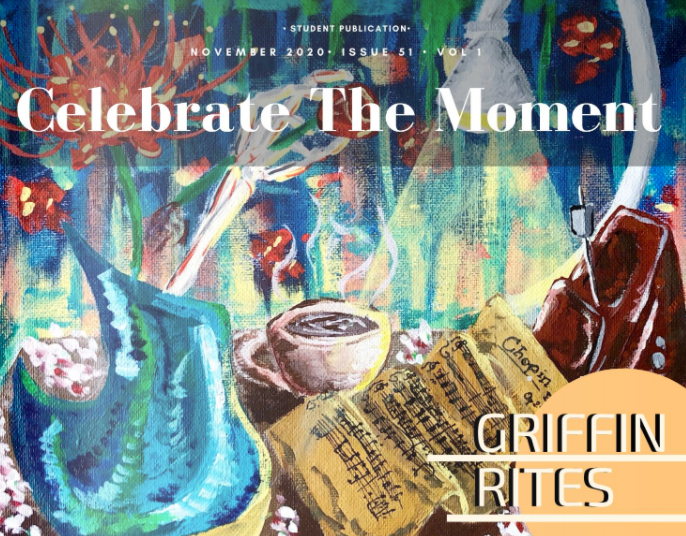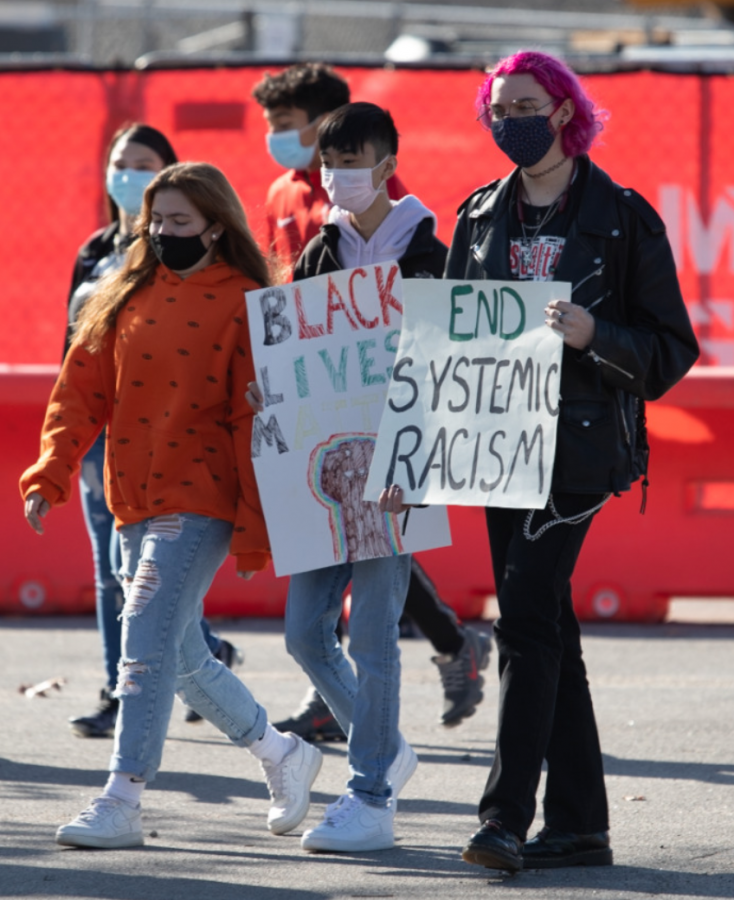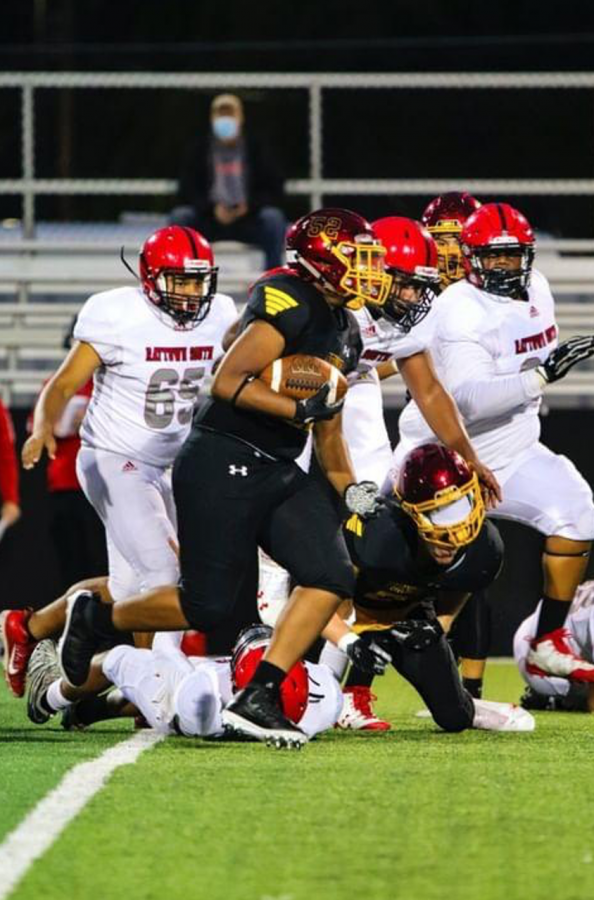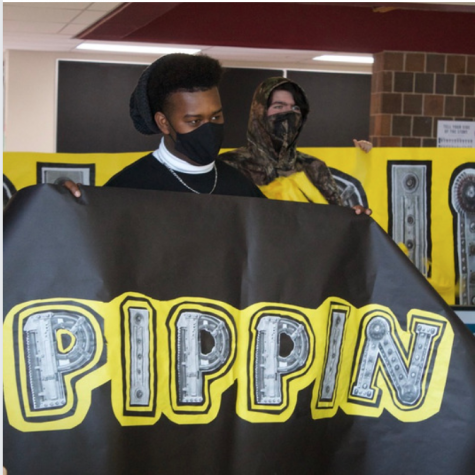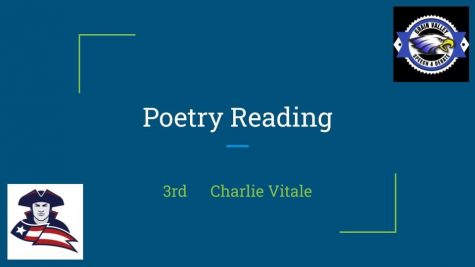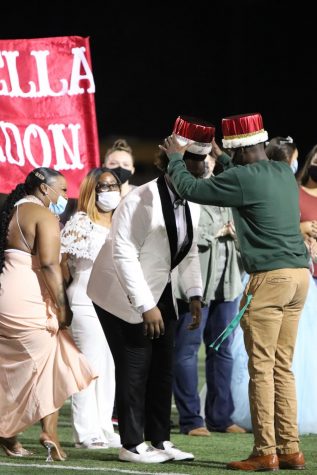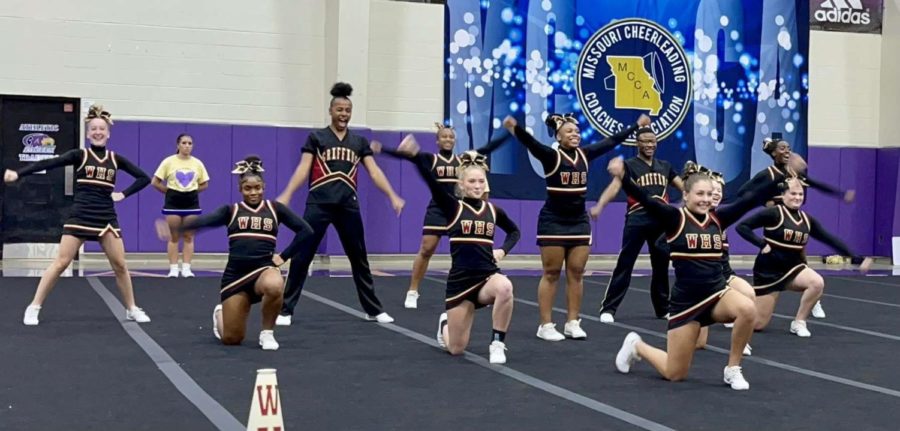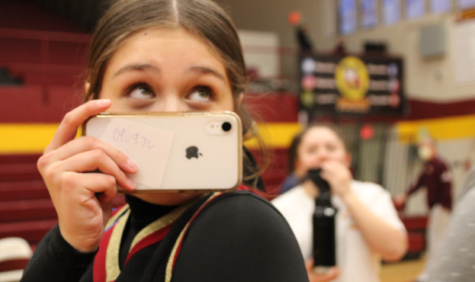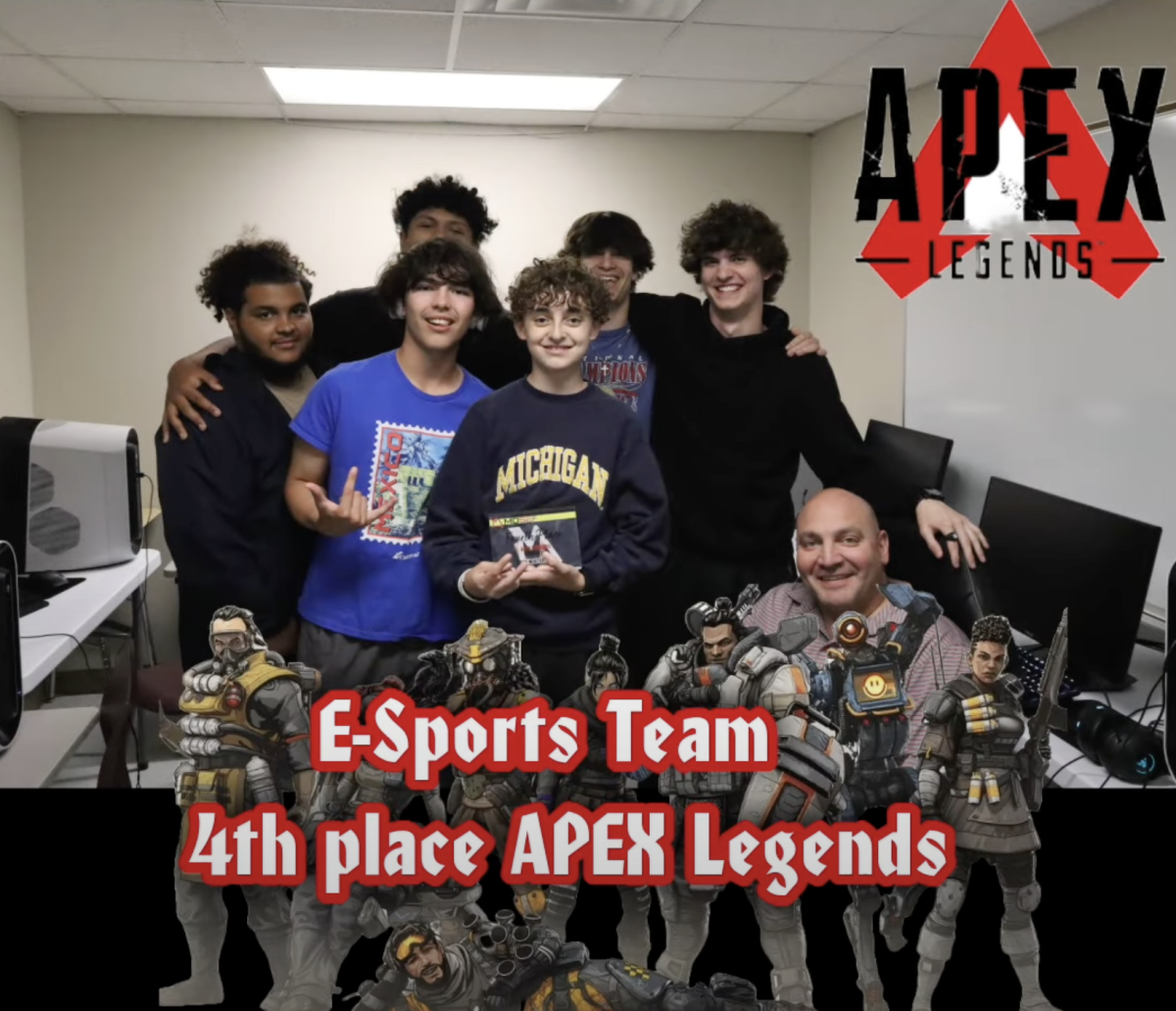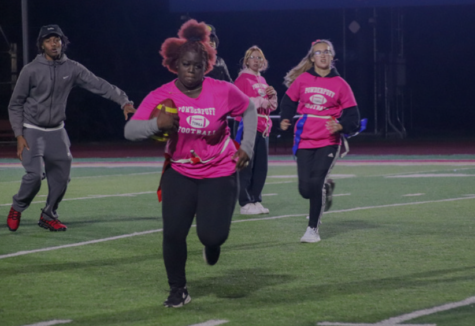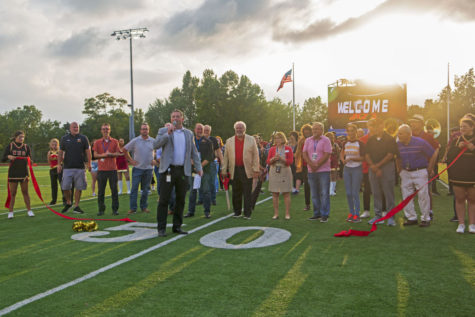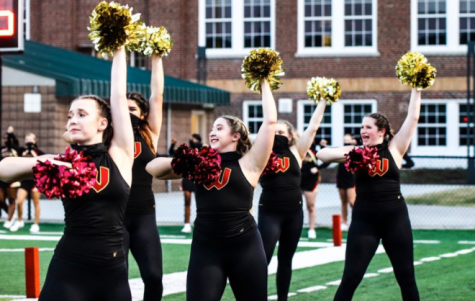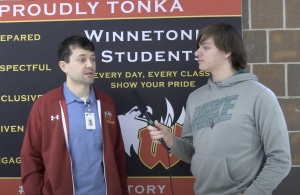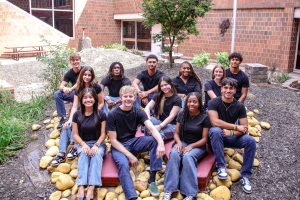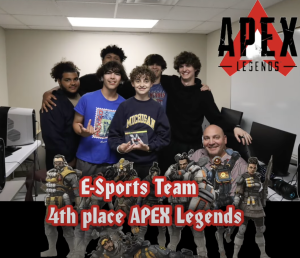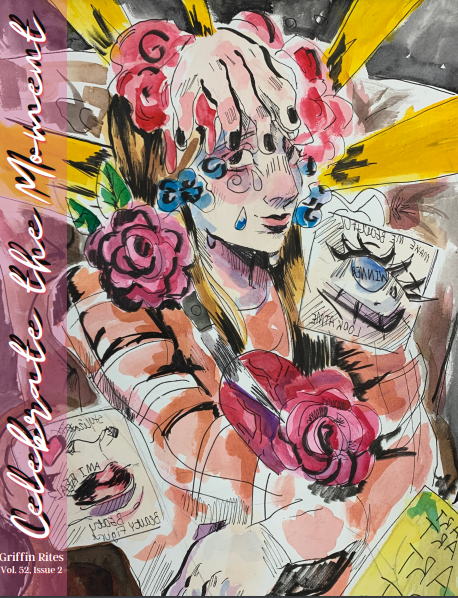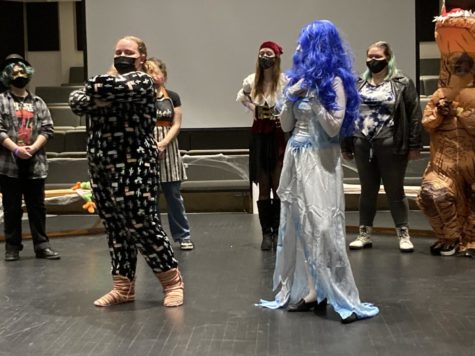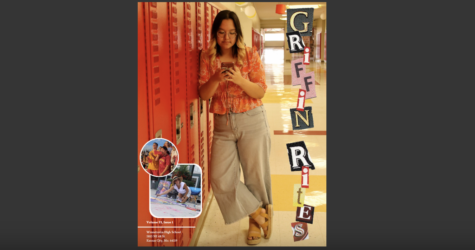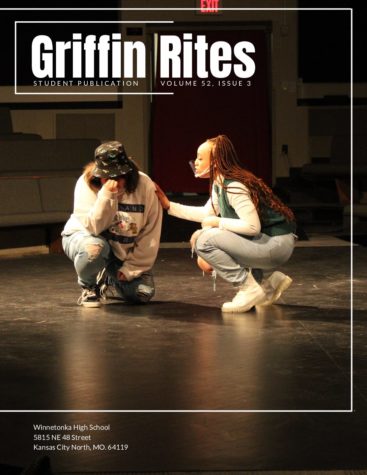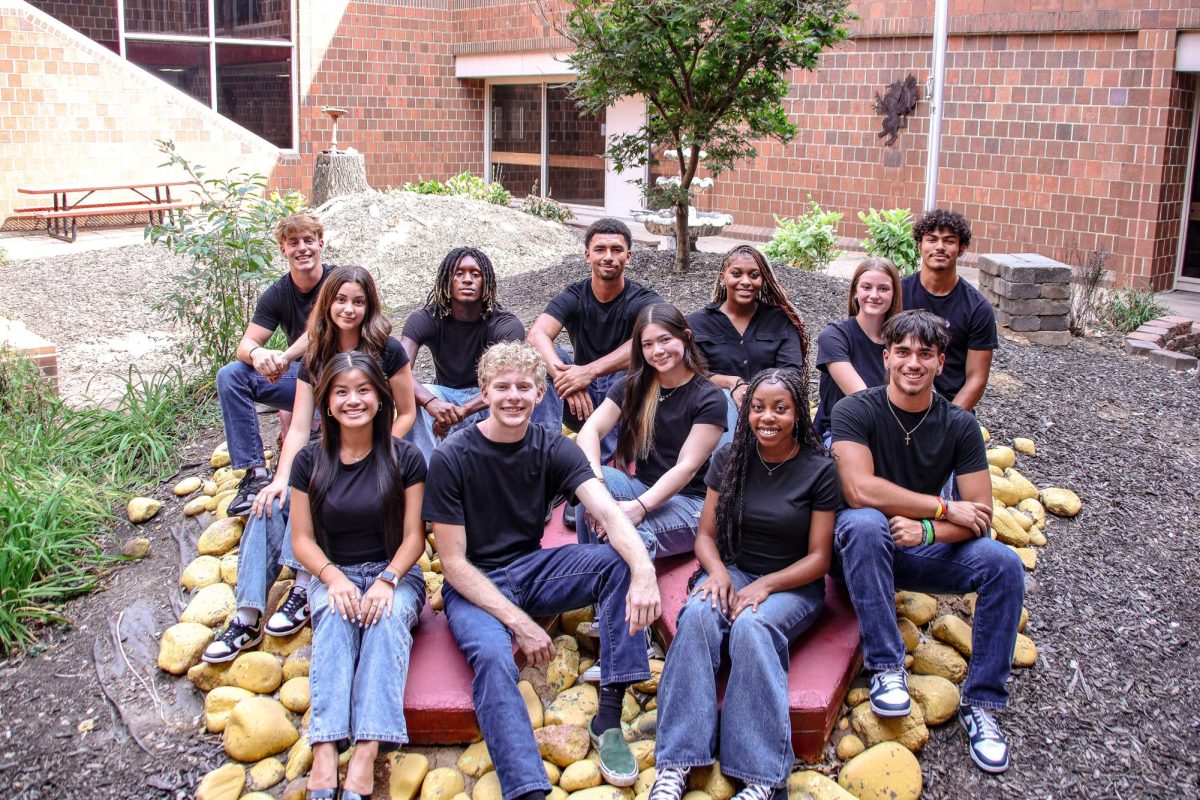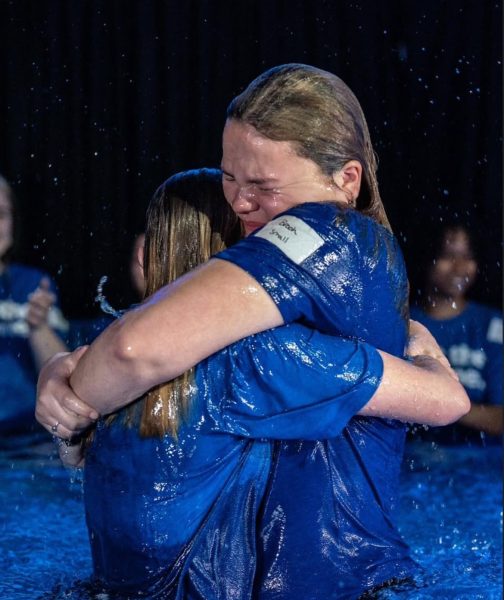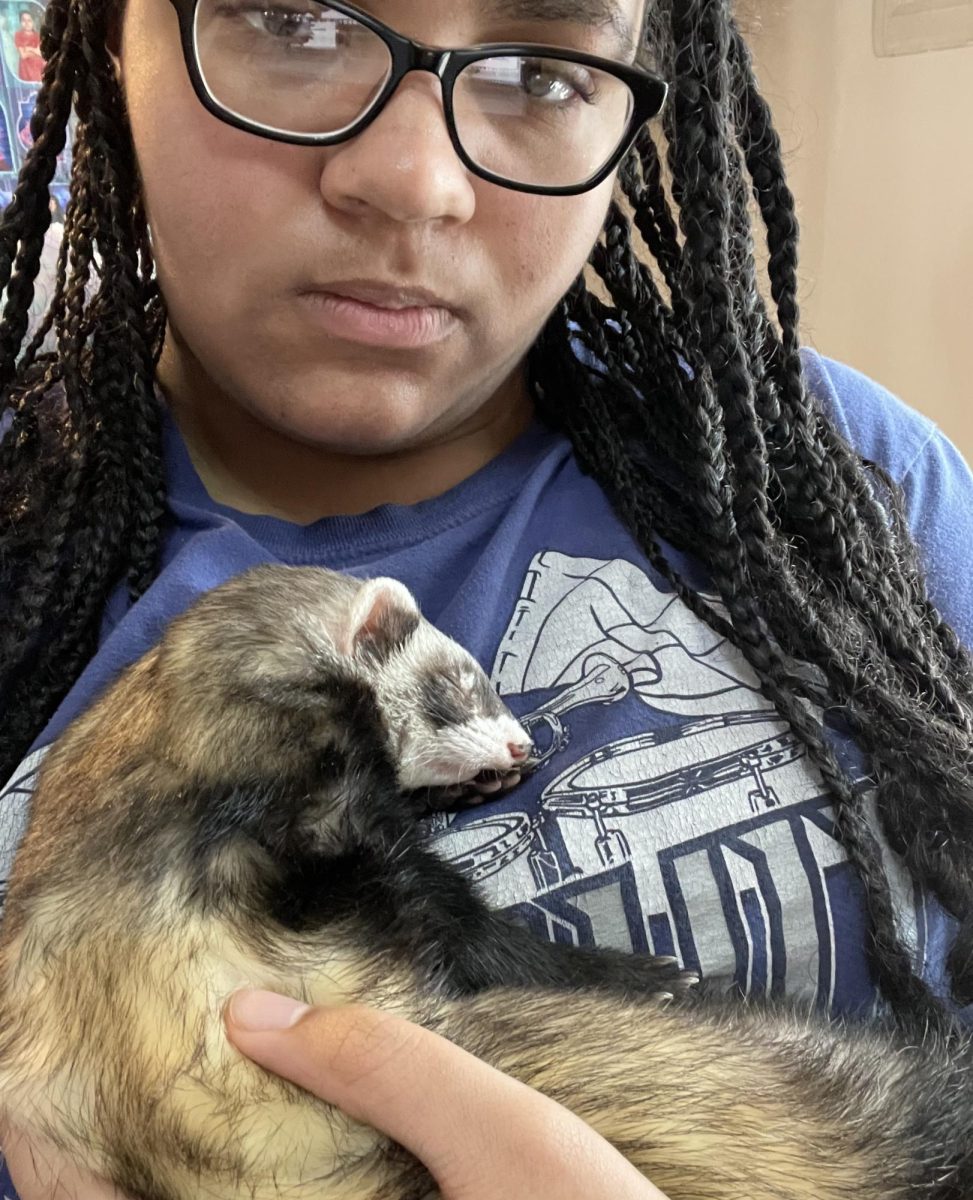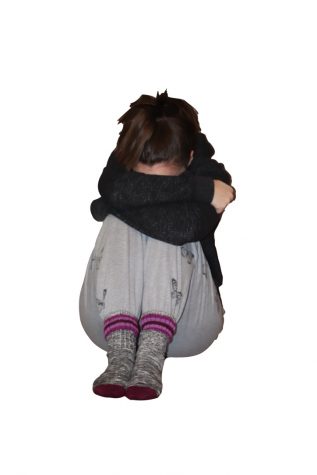Introducing inclusion
Committee creates equity lessons for senior advisory periods
March 6, 2020
Gathered in the dimly-lit auditorium, senior students watched a story of racial tension and resolution unfold, with the highs of the movie bringing some to insuppressible laughter and the lows bringing some to tears.
As part of a 10-day advisory lesson on equity and inclusion, students watched Remember the Titans, a movie depicting the aftermath of integration told through the perspective of a high school football team in the 1970s.
The advisory committee was tasked to determine how to best fill the first 10 senior advisory periods after winter break. During these advisory days, while underclassmen were enrolling for their next school year, seniors were left with the potential for a comprehensive, multi-day lesson.
Shannon Le Grand, advisory committee member and senior advisory teacher, drew inspiration from the equity training Winnetonka staff have received and created the lesson plan, which included her choice of this movie.
“I feel like a story has power,” Le Grand said. “I have used movies before to teach different concepts and… have the characters do the “talking”. It causes students to identify with different characters and then they are willing to talk more about different issues going on.”
The lessons had students focus on three main points: reflecting on their own and peers’ identities, microaggressions and recognizing implicit and explicit biases.
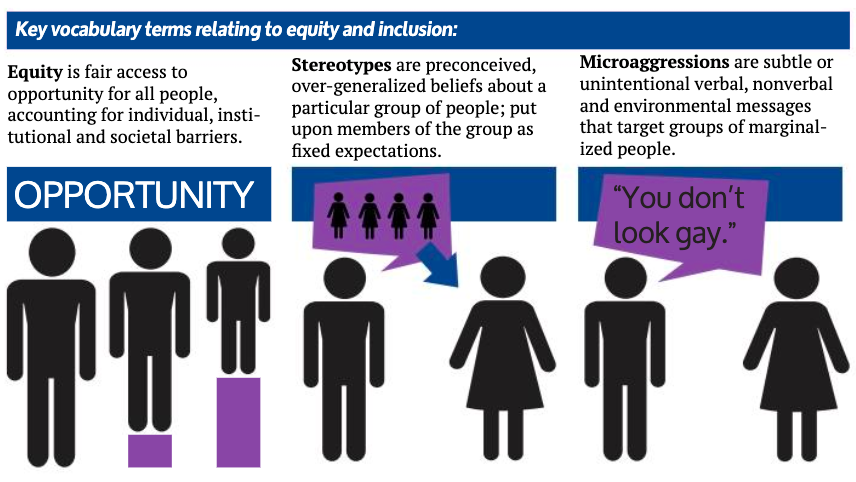
As part of the decision to implement these lessons, the committee and principal Dr. Eric Johnson concluded seniors were “ready to talk about it [equity and inclusion],” Le Grand also stated.
“We really left it in the hands of the advisory teachers to determine how deep they wanted to take the lessons,” Le Grand said. “We knew going into it that some kids were going to talk about it and some kids were going to be quiet. My feeling though is just being exposed to those ideas was worth it.”
A student survey concluded that not all advisory teachers presented the lesson as planned. However, one teacher who did in its entirety, Clay Masters, said he was “thankful that eventually… the conversations we [the class] started having in advisory felt natural.”
“I had students who are, traditionally in the past, pretty apprehensive to share that sort of information, they shared willingly,” Masters said. “Those who did engage it, they wholly engaged it and some of that transparency can be redeeming and beautiful happened.”
Overall, Masters said his class utilized the “Circles of Self” discussion the most. For this activity, students reflected on important aspects of their identity and discussed how they could feel both prideful and ashamed of these aspects.
Connecting the discussion to his prior knowledge of human behavior, Masters reflected: “It’s natural and normal for us, as human beings, to reference the world based on [our] own experience… That activity, “Circles of Self,” if we slow down and listen, it forces us to get into the space of listening to “the other” and… realize that there is more than one way to experience what is going on around you.”
However, Le Grand and Masters both identified flaws with the timing of the lessons. As an advisory teacher, Masters said the general lack of preparation impacted his ability to have meaningful discussions about specific activities.
“It felt like I was trying to drink out of a fire hose,” Masters said. “At that time in the semester, [there was] so much information coming at me at one time…; it was really hard for me to manage and deliver effectively. I didn’t feel like I did a very good job with the “Messages I Received” lesson [but] I think that can be a very powerful tool in the classroom, even given just a little bit of preparation.”
And as the lesson creator, Le Grand expressed that she felt there wasn’t enough time to finish the entire plan, especially the final assignment, in which students were to write a letter to someone who inspired or believed in them.
“I don’t think a lot of classes got to that,” Le Grand said. “That was a finishing piece that I really wanted for everyone because it was beyond just the racial conversation.”
With this being the pilot year for these lessons, if implemented in the future, Le Grand said it could be modified for the underclassmen as well.
“I believe it may be necessary to spend more time on vocabulary and give more examples of “microaggression” and other unfamiliar terms,” Le Grand said. “The activities for identity and the root of beliefs and bias are appropriate for underclassmen, but the teacher may need to unpack the ideas more thoroughly for them.”
Overall, conversations about equity and inclusion are becoming ubiquitous within the North Kansas City Schools District, with goals for all district students to engage with these concepts.




